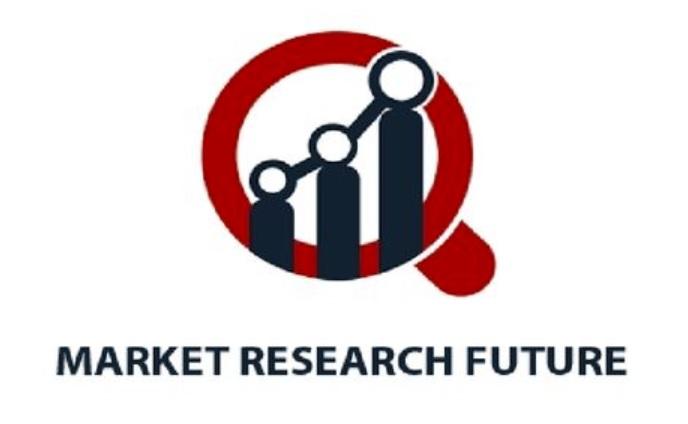Understanding Transaction Monitoring: Enhancing Financial Security and Compliance

Transaction monitoring has become a critical component in the financial industry, enabling organizations to detect and prevent fraudulent activities while ensuring compliance with regulatory standards. As digital transactions increase in volume and complexity, financial institutions face the dual challenge of maintaining operational efficiency and safeguarding their clients’ assets. Transaction monitoring serves as a robust solution to address these challenges by analyzing customer transactions in real time and identifying unusual or suspicious patterns.
At its core, transaction monitoring involves the continuous review of financial transactions to identify behaviors that may indicate fraud, money laundering, or other financial crimes. Modern monitoring systems leverage advanced technologies, including artificial intelligence (AI), machine learning (ML), and big data analytics, to analyze vast amounts of transactional data efficiently. These systems can detect anomalies such as sudden large transfers, frequent international transactions, or activities inconsistent with a customer’s profile, flagging them for further investigation.
One of the key benefits of transaction monitoring is its role in regulatory compliance. Financial authorities across the globe, including the Financial Action Task Force (FATF) and local regulatory bodies, require institutions to implement effective anti-money laundering (AML) and counter-terrorism financing (CTF) measures. Transaction monitoring ensures that banks and other financial organizations meet these compliance standards by providing timely alerts and comprehensive audit trails. This not only minimizes legal and financial risks but also strengthens trust with customers and stakeholders.
Additionally, transaction monitoring enhances risk management by allowing organizations to proactively identify potentially harmful activities. By detecting suspicious transactions early, financial institutions can prevent losses, mitigate reputational damage, and respond quickly to emerging threats. The use of AI-powered predictive analytics further refines this process, enabling systems to adapt to evolving fraud tactics and detect complex patterns that traditional rule-based methods might miss.
The integration of transaction monitoring within an organization’s broader compliance framework is essential for maximizing its effectiveness. It works best when combined with robust customer due diligence, continuous staff training, and regular updates to monitoring rules and parameters. Furthermore, cloud-based monitoring solutions have emerged as a flexible and scalable option, allowing institutions to process large transaction volumes while maintaining cost efficiency.
Source - https://www.marketresearchfuture.com/reports/transaction-monitoring-market-7719
Transaction monitoring is a vital tool for financial institutions striving to maintain security, compliance, and operational integrity. By leveraging advanced analytics and real-time monitoring capabilities, organizations can detect fraudulent activities, meet regulatory requirements, and protect their clients’ assets. As financial transactions continue to evolve in scale and complexity, transaction monitoring will remain indispensable in ensuring the integrity of the financial ecosystem.


